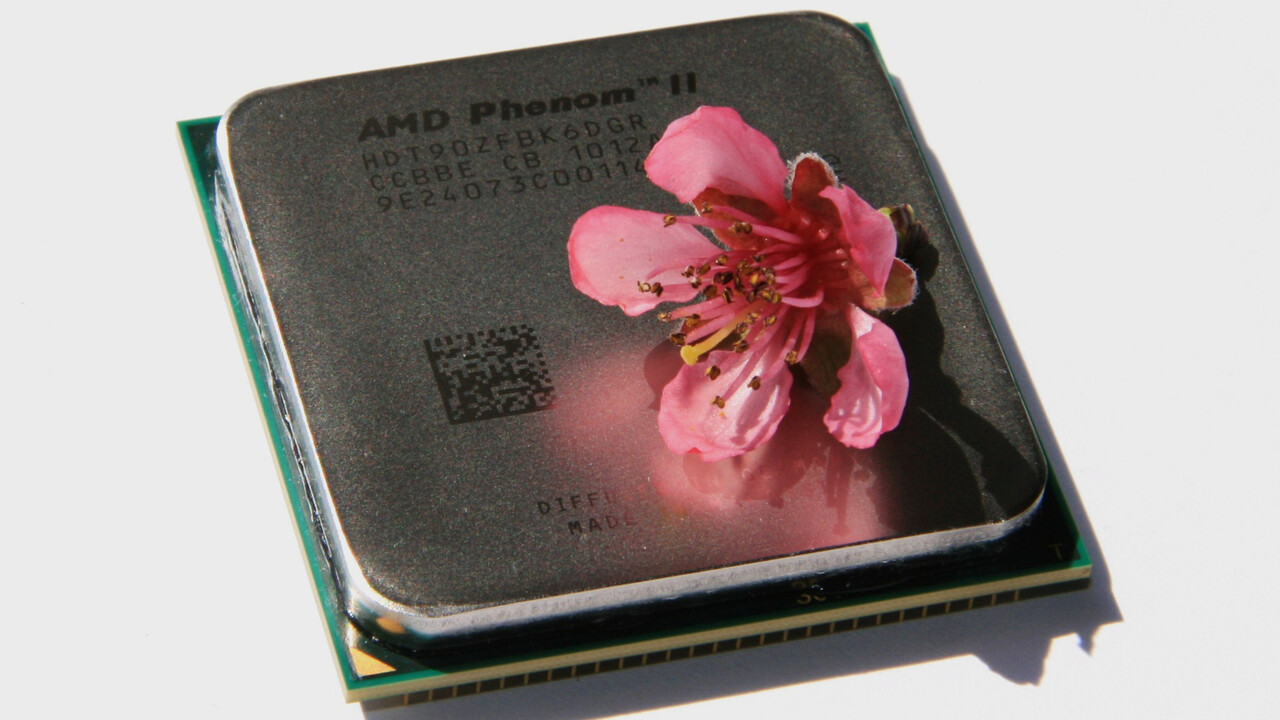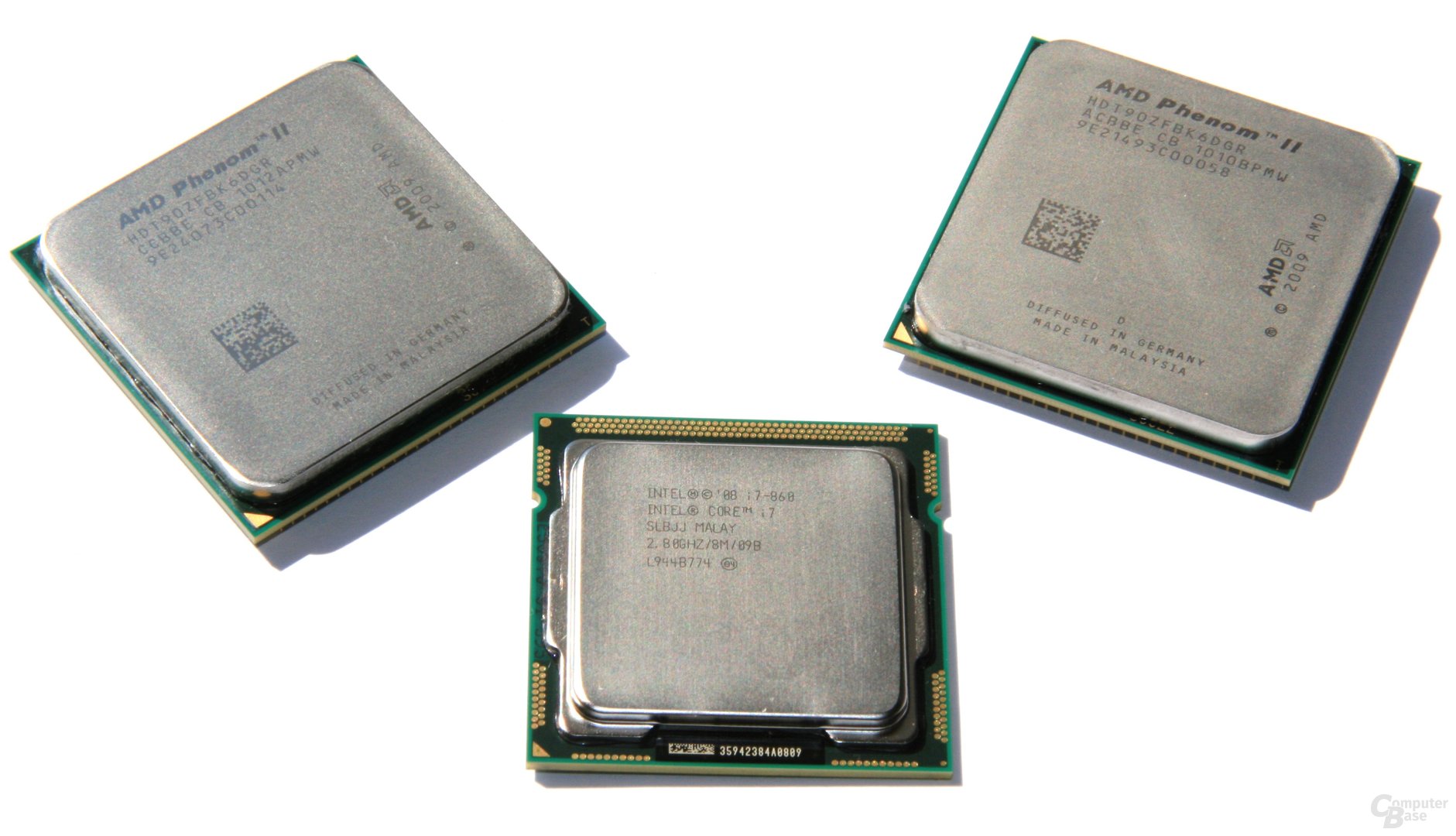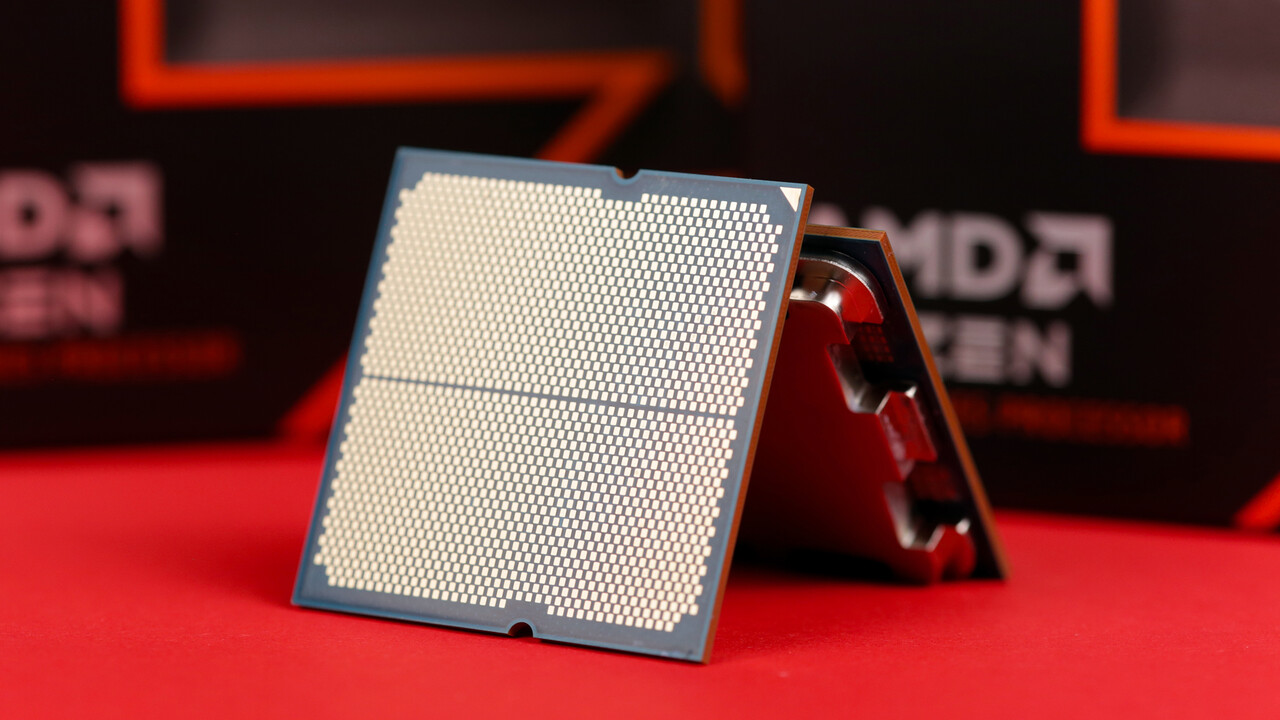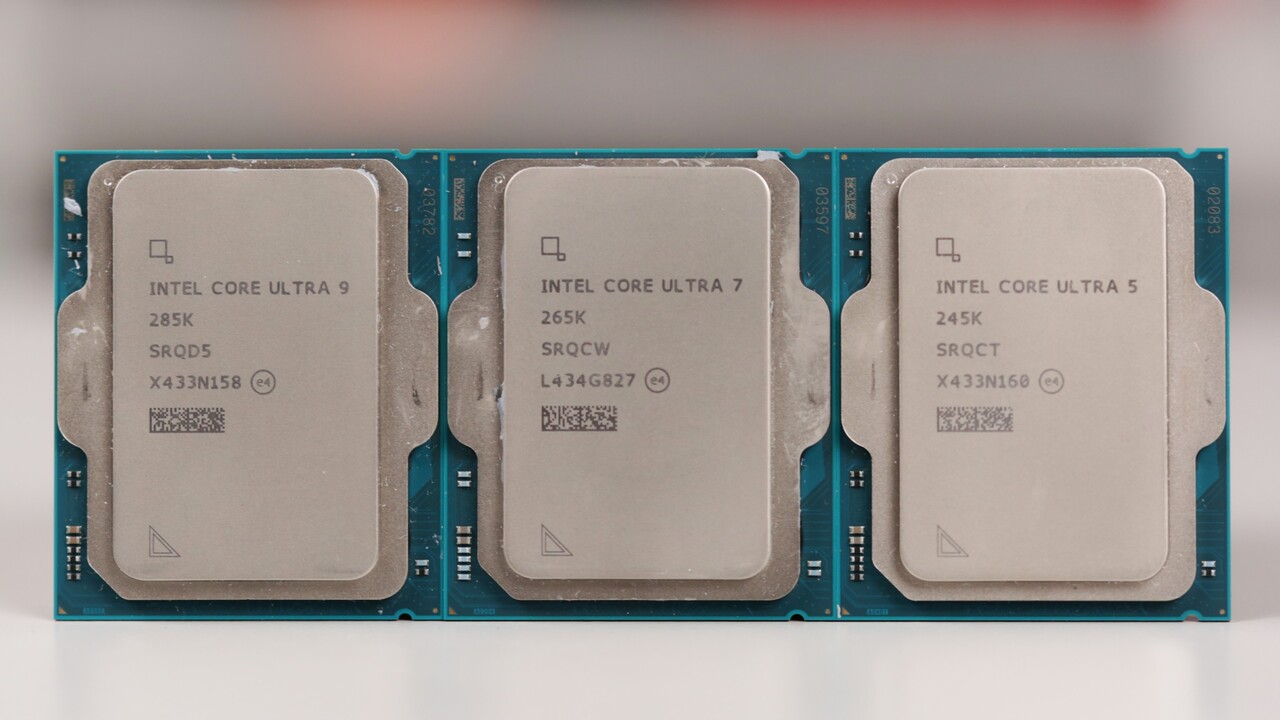In the test 15 years ago: Six cores for everyone with the AMD Phenomenon II x6 1090T 71 comments

After Intel pioneered six cores in the desktop with the Core i7-980X, AMD followed shortly after with the Phenomenon II X6 1055T and 1090T Black Edition (test). Instead of asking nearly €1,000 like Intel, AMD went for the broadest price with prices of €190 or €290.
Six cores on sockets AM2+ and AM3
The Phenomenon II X6 1055T and the 1090T used six physical cores without hyperthreading, had a 512 kB L2 cache and a 6 Mbyte L3 split cache. The clock speed of the 1055t, which cost €190, was 2.8 GHz, while the 1090T clocked in at 3.2 GHz. New with the two six-cores was a turbo mode that allowed half of the available cores to run at a higher frequency of 400 and 500 MHz. The Phenomenon II X6 supported both AM2+ sockets with GDR2 and AM3 base with DDR3 memory. The CPUs were manufactured using a 45 nm process and measured a gigantic 346 mm² for (then) processors. For comparison: the Phenomenon II-X4 models measured 240 mm² with their four cores at 258 mm², and the Core i7-980X. AMD Phenom II X6 Model Family TAK / With Turbo Kernel L2 / L3 Cache Socket
Otherwise, there were no technically special features in the Phenom II X6. For users, the low price of €190 and €290 was the resulting feature.
AMD’s Attack on the Core i7
 Mixed Performance
Mixed Performance
In the benchmarks, the AMD Phenomenon II X6 1055T and 1090T had mixed performance. Starting with games, both processors were behind the Phenomenon II x4 965 BE, which only had a higher clock frequency of 3.4 GHz. Intel’s competition was much further behind, ranging from 20% (i7-860 and i5-750) to 31% (i7-960 and i7-870) to 43% (i7-980X). In applications, the Phenomenon II X6 1090T or Phenomenon II X4 965 BE were at least 20% ahead, but were still 26% behind the i7-980X. In theoretical tests, the advantage over the four processors shrank to 16%, and the i7-980X’s lead increased to 36%. In the B-grades, the processors demonstrated moderate performance, especially when interacting with the new generation of 890FX chips. The core temperatures of the CPUs cooled with a Noctua NH-U12P were also very moderate. If you wanted to get more performance out of the Phenomena, the Black Edition 1090T with a free multiplier performed well. In the test at 1.6 volts, which was not problematic with air cooling, 4.2 GHz was achieved on all six cores.
Conclusion
Overall, the two Phenomena II X6s were primarily convincing due to their price. Consequently, the 190 euro, inexpensive Phenomena II x6 1055T was very attractive. Those looking for a processor primarily for gaming would have been better advised by Intel. While many applications were on the program, AMD was able to better utilize all six cores. Here, the 1055T was highly recommended.
In the “Reviewed 15 Years Ago” category, the editorial team has been reviewing the review archives every Saturday since July 2017. We’ve listed the last 20 articles published in this series below:
The GeForce GTX 470 was the best fermifractal designs, the first successful work Define R2nvidias Geforce Gforce 480 was the Föhn 2.0LMX Superleggera with liquid metal instead of heatpipesmulti-Gpu with Nvidia and AMD thanks to the Greatrel Core i7-980x with six kernelline Intels Sparkönighe Pentium G6950 and based on kerneline Intels Intels Sparkönig Pente Pentium G6950 and based on kerneline I3-530The GeForce GTX 280m in the 5.6 kg notebook. The Radeon HD 5450 was useless for gaming, but otherwise the best Scythes Top Blow-Koloss Grand Kama Crossdie Geforce GT 240 was without sensation Alltagrazers Orochi for mobile fun via Bluetoothblackberrys Bold 9700 was a Smartphonew Super Mario Bros. The budding NH-D14 was the ultimate, the Radeon HD 5970’s airborne ripcord was fast and the CPU was rocking.
Even more content like this, and many other reports and anecdotes, can be found in the Retro Corner of the TechAstuce forum.
Topics: AMD Retro Phenomenon Processors

Marc deciphers processors by testing their performance for gaming, content creation, and artificial intelligence.


